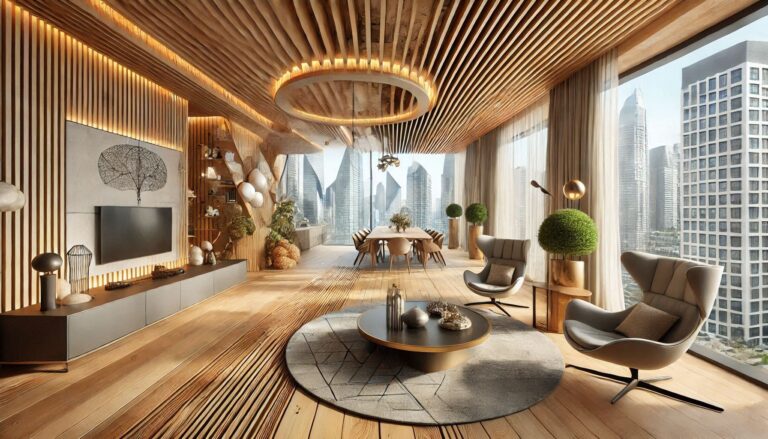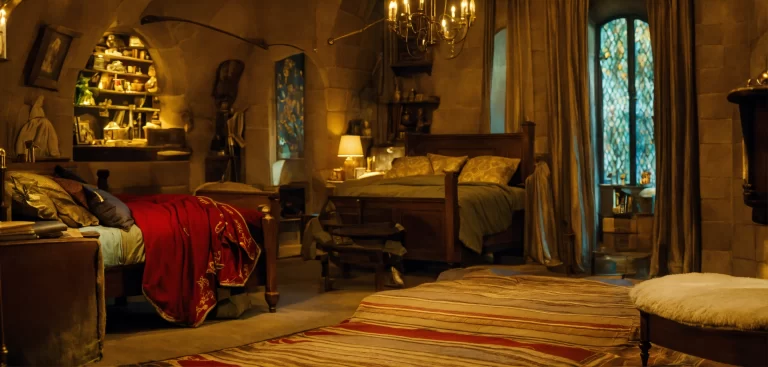Modular Design: The Future of Flexible and Adaptive Interior Spaces

In the ever-evolving world of interior design, modular design is quickly becoming a favorite for creating adaptable, flexible, and efficient spaces. As people’s lifestyles become more dynamic, modular interiors offer a practical solution to designing spaces that can easily transform according to individual needs. Here’s a closer look at modular design and how it’s shaping the future of interior spaces:
What is Modular Design?
Modular design refers to the creation of flexible spaces by using units or modules that can be combined or rearranged to suit changing needs. These modules can include furniture, partitions, walls, and even entire sections of rooms. The beauty of modular design lies in its adaptability, allowing homeowners or designers to quickly reconfigure a space to suit different purposes without the need for major renovations.
Flexibility and Functionality
Modular design excels in creating multifunctional spaces. For example, a living room can easily transform into an office, gym, or entertainment space with the movement of a few pieces of modular furniture. Modular sofas, bookcases, and storage units can be rearranged, expanded, or reduced to suit different functions and preferences. This flexibility is invaluable in spaces where functionality and adaptability are key, such as small apartments or workspaces.
Space Efficiency and Smart Storage
In smaller interiors, modular design maximizes the available space. Modular furniture often incorporates built-in storage solutions, such as hidden compartments, fold-out surfaces, or collapsible elements. This efficient use of space is ideal for those who want to avoid clutter and maintain an organized, streamlined environment. Modular design is also great for creating compact solutions in micro-living spaces, where space optimization is crucial.
Customization and Personalization
With modular design, customization is at the forefront. Homeowners can select and combine modules based on their aesthetic preferences and functional needs, creating personalized interiors that reflect their tastes. Modular pieces come in various styles, finishes, and materials, offering endless possibilities for tailoring a space. This level of personalization allows interior designers and clients to create unique environments that are as functional as they are stylish.
Sustainability and Eco-Friendliness
Sustainability is a growing concern in interior design, and modular design offers significant environmental benefits. Because modular pieces are designed to be durable and adaptable, they can be reused and repurposed over time, reducing the need for new furniture or construction materials. Additionally, many modular pieces are made with eco-friendly materials such as sustainable wood, recycled plastic, and low-impact finishes, making them a responsible choice for environmentally-conscious homeowners.
The Future of Modular Design
The future of modular design lies in its continuous evolution, with technology playing a key role. Smart furniture systems that adjust to user preferences, as well as modular walls and partitions that can change the layout of a room with the touch of a button, are just the beginning. The growing interest in modular living spaces reflects a larger cultural shift toward flexible, efficient, and customizable interiors that can adapt to both current needs and future changes.
Conclusion
Modular design is reshaping the way we think about space. Its ability to adapt, customize, and maximize functionality makes it the ideal solution for today’s ever-changing lifestyles. Whether it’s for small apartments, home offices, or even larger residential spaces, modular design is paving the way for flexible, innovative, and sustainable interiors.






